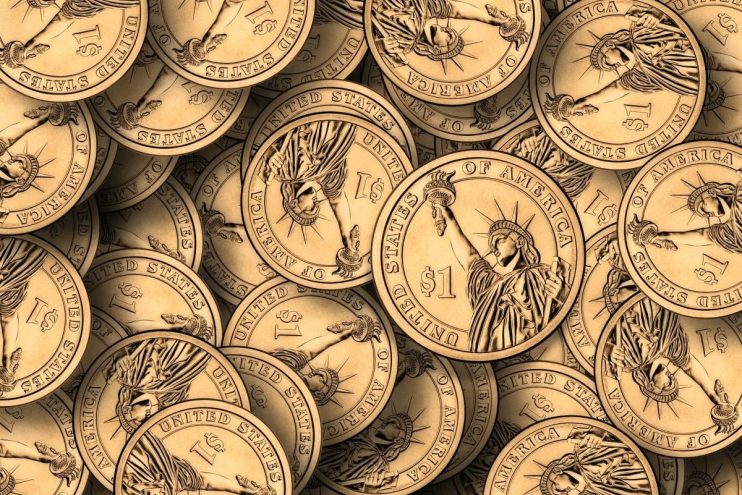Stablecoin Issuers Are Becoming Major Holders of US Debt

Each day, Coinrule will run through the state of the digital assets market for Blockbeat, your home for news, analysis, opinion and commentary on blockchain and digital assets.
If stablecoin issuers were a country, they would be just outside the top 10 nation-state holders of US government debt. Crypto projects combined hold more US Treasuries as collateral and backing than the government of Saudi Arabia, known as a large US Debt owner. Tether USDT, the leading stablecoin, alone holds over $72.5 billion in US Treasuries, more than countries like Mexico, Spain, and the UAE. This is becoming a major support for the US Treasury and is turning crypto into a macro asset.
Foreign demand to hold US Treasuries was historically strong and growing even after the 2008 financial crisis. However, due to a variety of reasons, governments such as China have been reducing their US government debt holdings. High-level, the relative decline of the US Dollar as world reserve currency, the heightened risk perception of holding US Treasuries following sanctions against Russia and also the increasing overall debt levels of the US all play a role. Since 2016 total foreign ownership of US debt has only grown 14% while total US debt grew 40% during that same time period. This has raised a possibility that spooks financial markets: a failed US government debt issuance in which there would not be sufficient demand to buy up the newly issued treasuries.

The growth of USD-based Stablecoins highlights that there is still significant demand for dollars as a stable and safe alternative to local currencies around the world. Similarly, but less often discussed, there is also demand for the yield that Treasuries can provide as a ‘safe’ interest rate for savings. But given the importance of stablecoin issuers as a holder of debt, it is remarkable that a stablecoin legal framework is still elusive in the US. In the meantime, the EU’s MiCA regulatory framework defines specific rules for stablecoins, including those backed by Euros. Today, 1.1% of euro-denominated crypto transactions are done using EUR-stablecoins. While the same number is 90% for USD-stablecoins, the 1.1% is actually an all-time high. Clear rules create more adoption and demand. Hopefully for the industry, the US government will soon start to appreciate the importance of crypto both as technology and for its own sake.